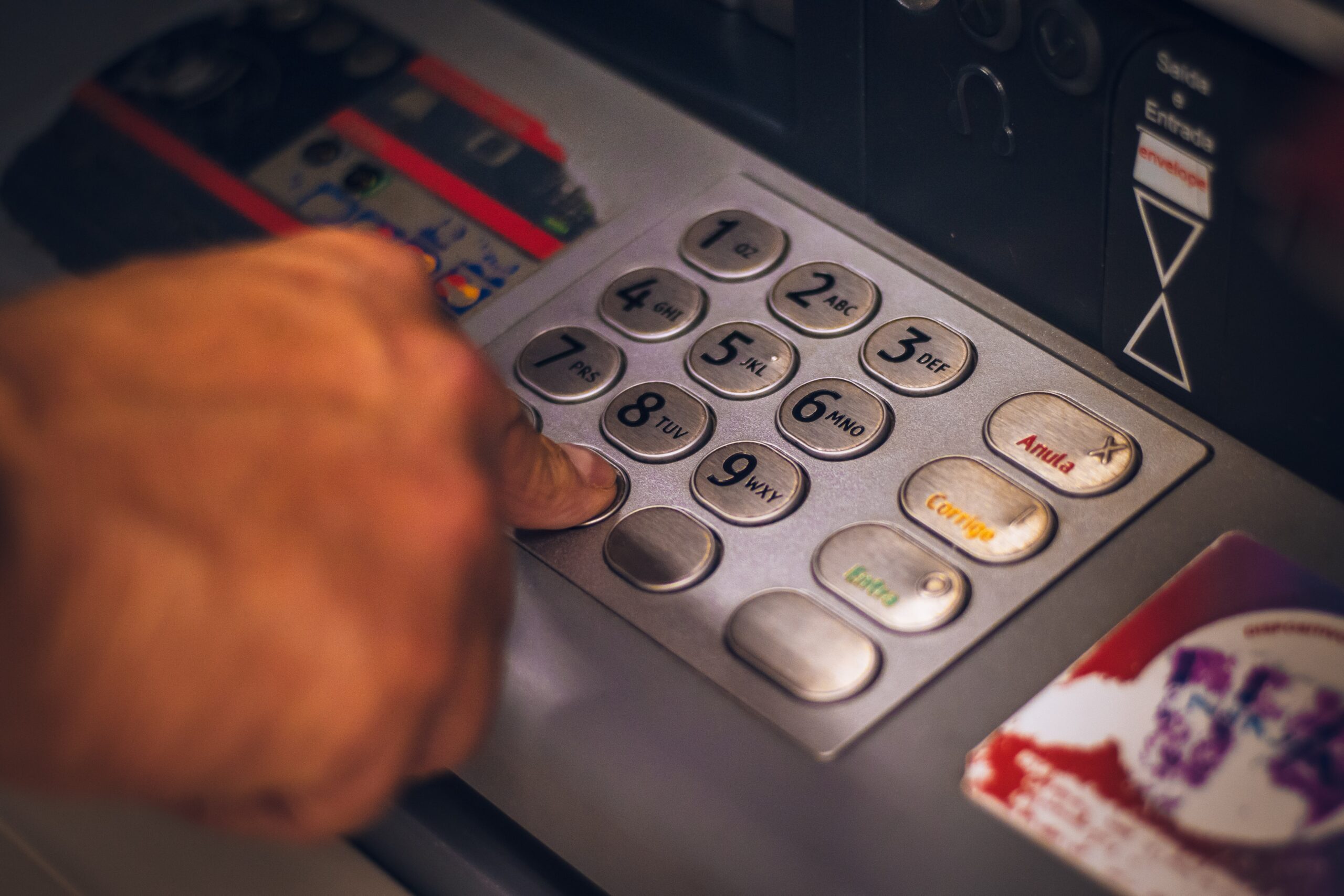By Erik Sherman
In the closing of First Republic Bank by the Federal Deposit Insurance Corporation and its sale to JPMorgan Chase, there was mention of a loss-share transaction for loans.
Both the FDIC and JPMorgan Chase will share costs and potential recoveries from single family, residential, and commercial loans that the bank bought from First Republic. According to the FDIC, the Shared Loss Agreement (SLA) along with the Purchase and Assumption agreement (P&A) are part of the resolution transaction for a failing bank.
When a bank fails, it means significant problems in how the institution had been run and with its current financial state. Every sale of a failed bank is something unto itself, with negotiations responsible to see what assets and deposits will transfer to the buyers.
“For commercial assets, the SLAs cover an eight-year period with the first five years for losses and recoveries and the final three years for recoveries only,” the FDIC explains. “The FDIC typically offers a range of coverage terms depending upon the market conditions and the location of the assets on covered assets up to a stated threshold amount (generally the FDIC’s dollar estimate of the total projected losses on shared loss assets). Loss coverage may also be provided for loan or note sales, but such sales require prior approval by the FDIC. Recoveries on loans which experience loss events are split, in most instances, with 20% of the recovery going to the assuming bank and 80% to the FDIC.”
That’s not to say the FDIC and JPMorgan didn’t come to some other arrangement. Driving the agency’s decisions is the requirement to maximize net return on the disposal and end receiverships in an “orderly and timely manner.”
According to a response by the FDIC to questions from GlobeSt.com, recovery is a “term of art” meaning the proceeds from sales of assets.
“Recovery usually means that if any of those loans fail, they’re on the balance sheet,” Mayra Rodriguez Valladares, managing principal of banking consulting firm MRV Associates, tells GlobeSt.com. “Let’s say JP Morgan is able to get back 50% [of the loan] as the recovery. The loan fails, the FDIC is the first lien here.” If the 80-20 split is in play, then the FDIC would get 40% of the original amount of the loan and JPMorgan would receive 10%.
This still leaves open the potential for JP Morgan to review the status of loans. “The portfolio is pretty good from a credit perspective,” says Rodriguez Valladares.
There is also the question of rents and valuations in current turbulence. Many commercial type loans in banking had been developing into covenant-lite approaches, says Rodriguez Valladares, because banks were in hot pursuit for deals. However, CRE loan documents typically include such requirements as loan-to-value ratios or debt service coverage ratios. In theory, the bank could call such loan in for immediate payment.


